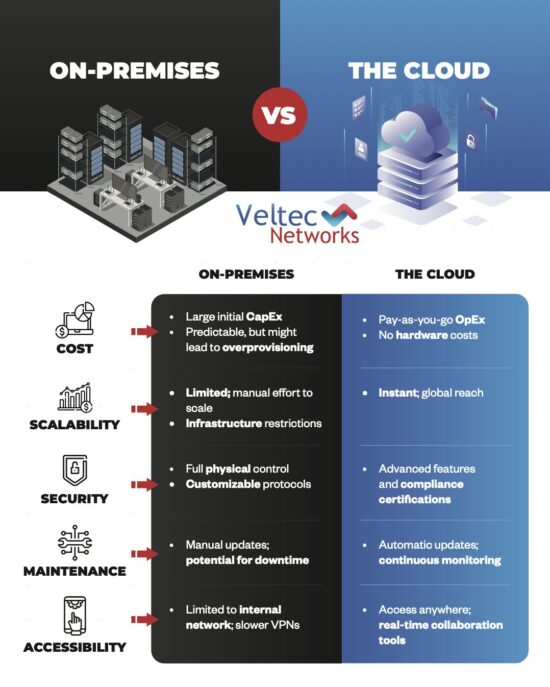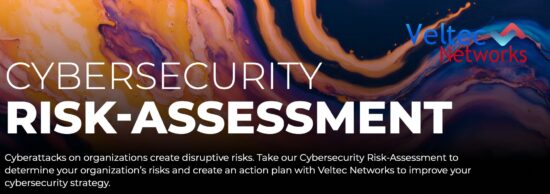Data Risk Assessment and Security Planning to Minimize Data Breaches Incidences
Data is the new business fuel but requires sound risk management. One of the security risk management strategies is data security risk assessment.
Many compliance mandates state that regular risk assessment should be part of every business’s IT security strategy. However, your business is better off thinking about risk assessment as a fundamental to ensuring data safety.
Data risk assessment reviews the location and management of sensitive data in your business.
Your business needs to take a systematic approach to review where you store sensitive data, who can assess it, and any changes that you’ve made to data access controls.

How Important Is Data Risk Assessment
To answer that question correctly, let’s quickly explore some important data breach statistics from IBM.
After studying over 500 data breaches cases across the world and considering over 500 factors, IBM found the following:
- The average cost of a data breach is $4.24 million, with a 10% increase when compared to the previous year
- In the U.S., the average cost of a data breach cost goes up to $9.05 million
- An average business takes 287 days to identify an incident of a data breach
- Data breaches highly impact the healthcare industry, costing businesses in the sector $9.23 million
The statistics say that the cases of a data breach are becoming more common, and when they happen, an average business will take 287 days to identify they suffered a data breach.
Your business has a formidable task of executing regular risk assessments to help you understand who has access to sensitive information in your organization, where the data resides, and what changes are happening around it.
Why Your Business Needs Regular Data Risk Assessment
A data risk assessment is excellent for showing you the likelihood or severity of data breach events. The process will help you with the following:
- Understand where your business keeps sensitive data
- Identify risks associated with the data your business handle
- Develop effective security controls and business continuity plans
- Catalog sensitive data
- Have minimum exposure to sensitive data
- Evaluate the regulatory, legal, and industry-standard compliance posture
- Gage your business’ baselines for risk tolerance
The assessment considers the potential impact of a data loss on the organization. After data risk assessment, the discovery you make will help you develop mitigation strategies to reduce the possibilities and impact of data breaches.
How to Perform a Data Risk Assessment in Your Organization
An effective data risk assessment will involve three critical steps, including:
- Mapping data
- Assessing risks
- Remediating vulnerabilities
Mapping Data
The first step in risk assessment is understanding all types of data your company collects, transmits, and stores. You need to understand the data footprint in your organization. When mapping data in your company, you’ll need to understand the following:
- Data owners: You need to know the people responsible for collecting, transmitting, and protecting data in your company.
- Data types and attributes: Your business will identify and tag sensitive data, then classify them to enhance controls.
- Data classification: You’ll identify the risk level of sensitive data and the potential impact in case of data compromise.
When doing data classification, you need to consider whether the risks a type of data poses is high, medium, or low. You’ll then manage access to every type of data. You might want to assign the following classification.
- Restricted Access: Data under this classification should include information whose unauthorized access, disclosure, alteration, or destruction poses a high impact on your business.
- Private data: The information under private data includes data whose unauthorized access, disclosure, alteration, or destruction poses a moderate impact on your organization.
- Public data: Unauthorized access, disclosure, alteration, or destruction of this information poses a low impact to the organization.
After classifying data and defining people who have access to them depending on the risk levels, your next task is mapping the data on applications using it. Mapping includes:
- Listing all the applications that ask and use specific data
- Identifying geographical locations that the data resides
- Understanding the way data travel between databases, applications, and processes
- Putting security controls that protect the data
Assessing The Risk
After establishing what type of data you handle and how it moves across your organization, you need to review and assess threats and vulnerabilities that can risk your data.
Some of the risks you’ll assess include:
- Excess access: Identify users with more access than required.
- Outdated user permission: Check for users who keep access after moving from one job to another within the organization but no longer need historical access.
- Collaboration tools: Assess the risk of sharing certain data in collaboration tools like Microsoft Teams or Slack.
- File sharing: Check the permission settings when sharing files.
- Stale data: Identify data that your business keeps beyond the retention policy.
- Privileged access: Identify users with admin privileges.
You can use automated solutions to scan the data repositories and analyze data storage for risk assessment.
Remediating Vulnerabilities
After checking for potential risks, you need to mitigate your weaknesses. You can execute the following remediation activities:
- Principle of least privilege: Ensure users only have the least access necessary to perform their job function. Use the attribute-based access and role-based access controls.
- Place Multi-factor authentication controls around sensitive data: Include step-up authentication when users move between modules and applications.
- Data access monitoring: Your business can set normal user behavior and monitor abnormal access.
- Global group access: Get rid of global access group permission to restrict people in the organization from accessing folders and creating active user groups.
- Review and reinforce data retention policies: Check and enforce data retention policies. You should include how to dispose of data once the retention period is over.
Veltec Networks Can Shoulder All Your Data Risk Assessment Task
Numerous compliance mandates require businesses to execute regular data risk assessment as an IT security strategy. Apart from being a necessary step in compliance, it’s fundamental to ensuring your business data is secure.
If you have problems approaching data risk assessment, Veltec Networks can help you with all the necessary steps to protect your data. Contact us today for a proactive approach to protecting sensitive information.






